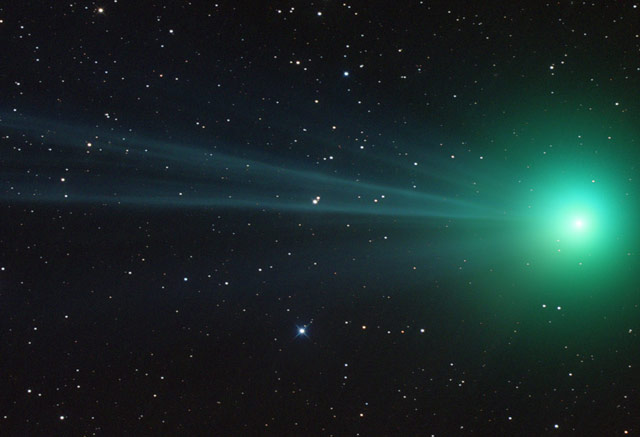Hi everybody
Here's the latest article from the Astronomy site at BellaOnline.com.
Hyperion – Saturn's Weird Wobbly Moon
Saturn has lots of moons – more than five dozen of them with confirmed orbits. They are remarkable in many ways, but perhaps the strangest one is the misshapen and unpredictable Hyperion.
http://www.bellaonline.com/articles/art301800.asp
By the way, Hyperion was first spotted by the Bonds on September 16, 1848. Mimas was discovered by William Herschel on September 17, 1789.
I have a particular fondness for Hyperion the Titan. I'm surprised the astronomy community hasn't adopted him! He was one of the twelve offspring of Uranus and Gaia, himself fathering Helios (Sun), Selene (Moon) and Eos (Dawn). He represented light and observation. Indeed the Greek historian Diodorus Siculus (90 BCE - 30 BCE) wrote of Hyperion: “[He] was the first to understand, by diligent attention and observation, the movement of both the sun and the moon and the other stars, and the seasons as well, in that they are caused by these bodies, and to make these facts known to others.”
*Astronomy Photographer of the Year 2015*
The winners of the competition were announced in Greenwich on Thursday night, and the exhibition is now open. I'll be writing more about this later, but here's the overall winning picture: http://www.rmg.co.uk/sites/default/files/s05_lj_1300.jpg It's entitled “Eclipse Totality over Sassendalen”, by Luc Jamet of France. He took it on the island of Svalbard in the far north of Norway, one of the few places where the March eclipse was visible in its totality.
Here's where you can find out about seeing the exhibition in Greenwich or see the online exhibition: http://www.rmg.co.uk/whats-on/exhibitions/astronomy-photographer-of-the-year. This page also includes the winning images for previous years of the competition.
*Reminder of the lunar eclipse*
September 27-28 is the date. In order to find out whether you can see the eclipse - and how much of it - here is a map: http://eclipse.gsfc.nasa.gov/LEplot/LEplot2001/LE2015Sep28T.pdf The times given are UTC, which is Greenwich Mean Time. That means the greatest eclipse in Britain is about four in the morning. Ugh! The timing is better in the Americas where many people will be able to see it on the night of the 27th.
Please visit http://astronomy.bellaonline.com/Site.asp for even more great content about Astronomy.
I hope to hear from you sometime soon, either in the forum http://forums.bellaonline.com/ubbthreads.php/forums/323/1/Astronomy or in response to this email message. I welcome your feedback!
Do pass this message along to family and friends who might also be interested. Remember it's free and without obligation.
I wish you clear skies.
Mona Evans, Astronomy Editor
One of hundreds of sites on BellaOnline
.
astronomy Newsletter








